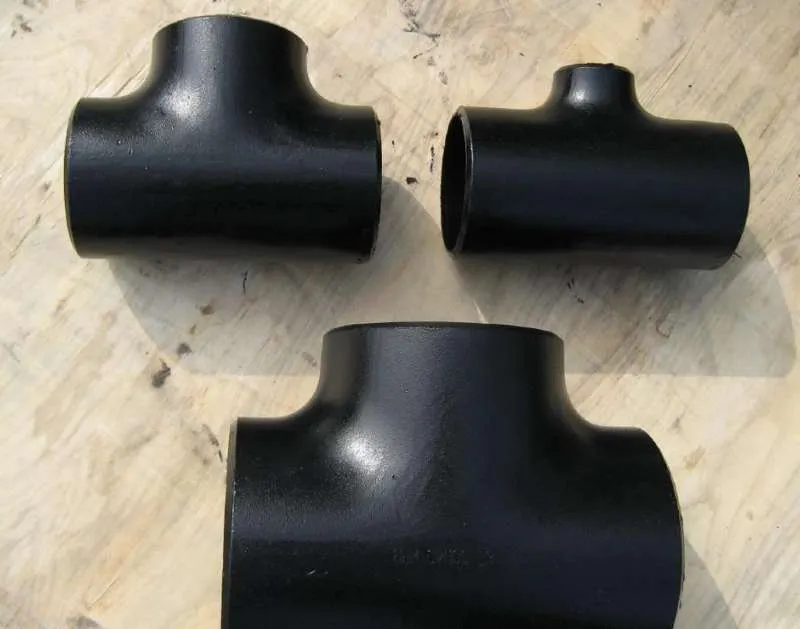-
Cangzhou Yulong Steel Co., Ltd.
-
Phone:
+86 13303177267 -
Email:
admin@ylsteelfittings.com

Aug . 28, 2024 22:37 Back to list
6 inch pipe flange
Understanding 6-Inch Pipe Flanges A Comprehensive Overview
In various industrial applications, the importance of robust piping systems cannot be overstated. Among the critical components that facilitate the effective functioning of these systems are pipe flanges. This article delves into the specifics of 6-inch pipe flanges, their uses, types, and considerations for selection.
Understanding 6-Inch Pipe Flanges A Comprehensive Overview
There are various types of flanges, but the most common for 6-inch applications include weld neck, slip-on, threaded, and blind flanges. Each type serves a specific purpose and is chosen based on the requirements of the application. For instance, weld neck flanges are typically used when high integrity and stability are needed, often in high-pressure environments. Slip-on flanges, on the other hand, are easier to install and are suitable for lower pressure applications.
6 inch pipe flange

Material selection for 6-inch pipe flanges is crucial, as it affects the durability and performance of the flange in its intended environment. Common materials include carbon steel, stainless steel, and alloys, each offering unique properties such as corrosion resistance and longevity. Stainless steel flanges, for example, are commonly used in corrosive environments due to their ability to withstand rust and degradation.
When selecting a 6-inch pipe flange, several factors must be considered. The first is the pressure rating, which indicates the maximum pressure the flange can handle. Flanges are classified into different pressure classes, typically ranging from ANSI 150 to ANSI 2500. Understanding the operational conditions—such as temperature, pressure, and the type of fluid being transported—is vital in ensuring the right flange is chosen.
Additionally, proper installation of 6-inch flanges is paramount. A correct installation helps prevent leaks and potential hazards in the system. Using the appropriate gaskets and adhering to torque specifications during assembly are essential steps for maintaining a reliable and safe connection.
In conclusion, 6-inch pipe flanges are integral components in any piping system, facilitating secure connections and ensuring operational efficiency. Understanding the various types, materials, and installation practices is key to optimizing their performance across various industrial applications. With careful consideration and proper handling, 6-inch flanges can contribute significantly to the reliability and safety of a fluid transport system.
Latest news
-
ANSI 150P SS304 SO FLANGE
NewsFeb.14,2025
-
ASTM A333GR6 STEEL PIPE
NewsJan.20,2025
-
ANSI B16.5 WELDING NECK FLANGE
NewsJan.15,2026
-
ANSI B16.5 SLIP-ON FLANGE
NewsApr.19,2024
-
DIN86044 PLATE FLANGE
NewsApr.19,2024
-
DIN2527 BLIND FLANGE
NewsApr.12,2024
-
JIS B2311 Butt-Welding Fittings LR/SR 45°/90° /180°Seamless/Weld
NewsApr.23,2024
-
DIN2605-2617 Butt-Welding Fittings LR/SR 45°/90°/180° Seamless/Weld
NewsApr.23,2024











